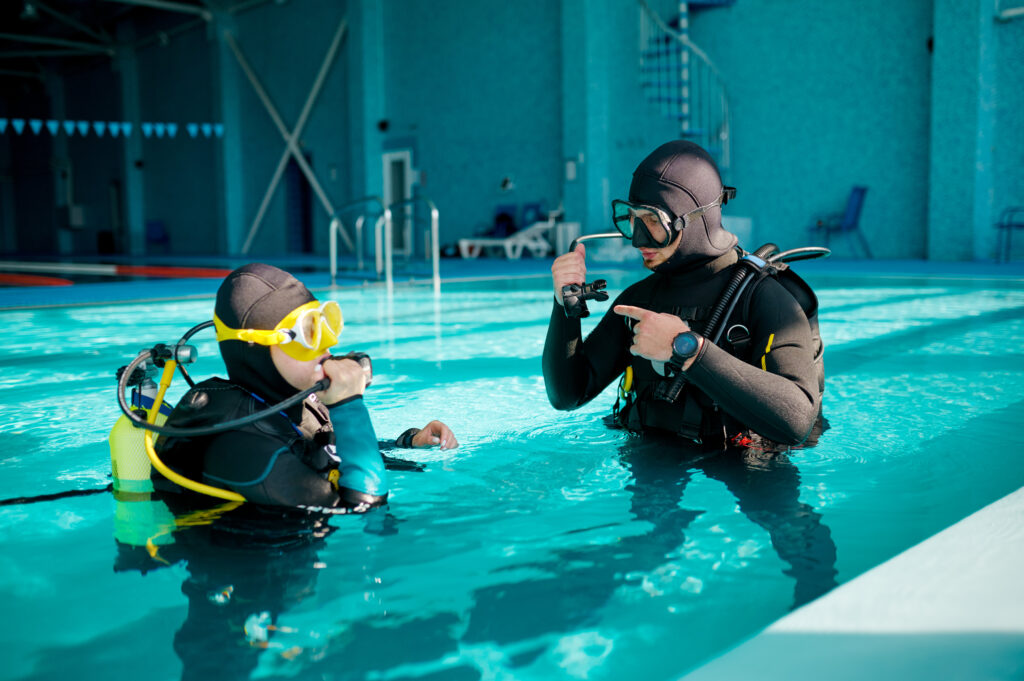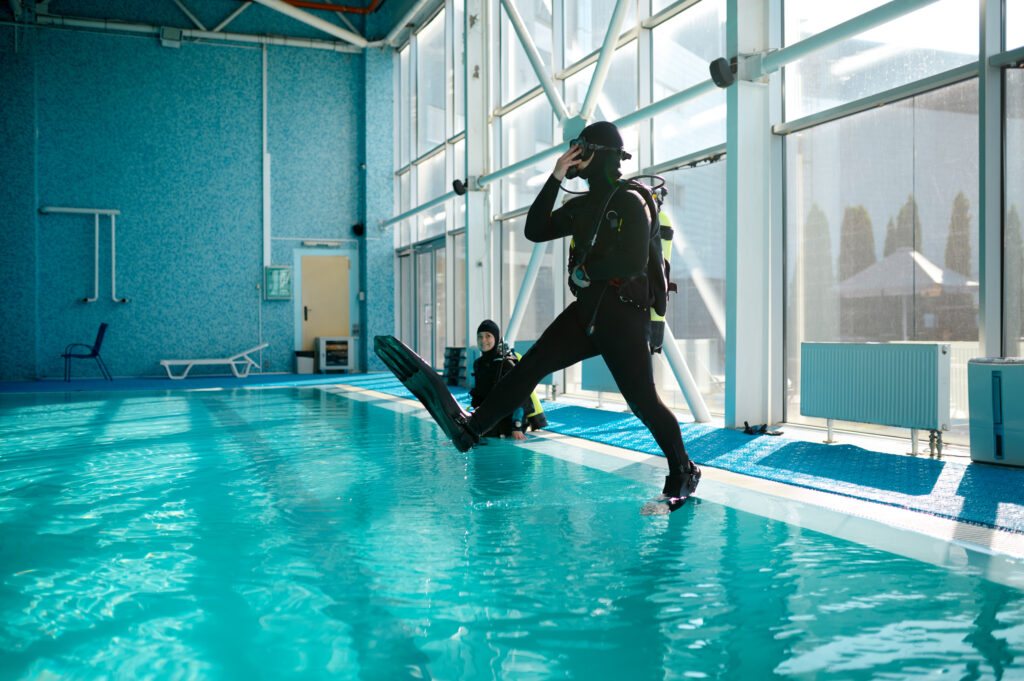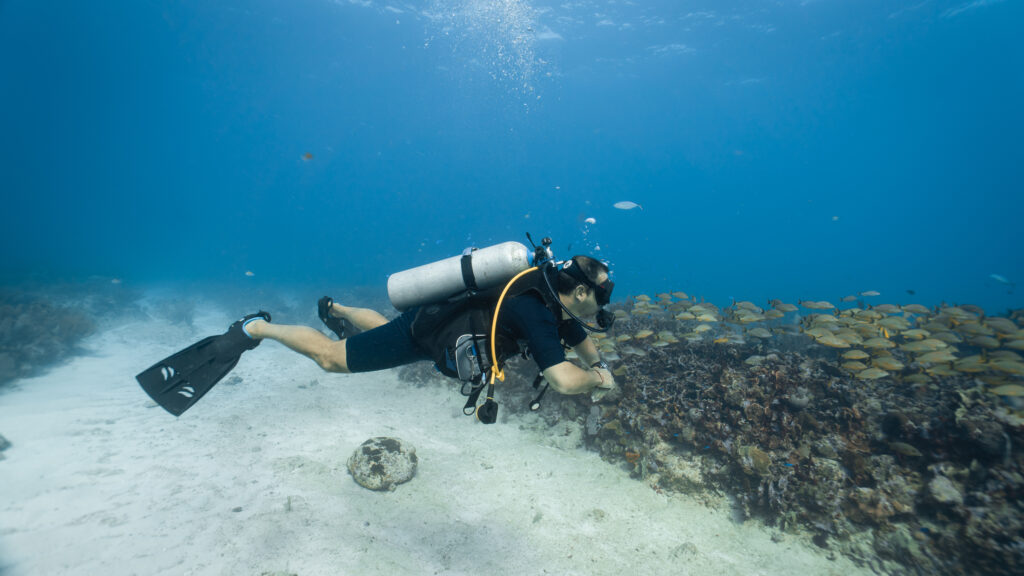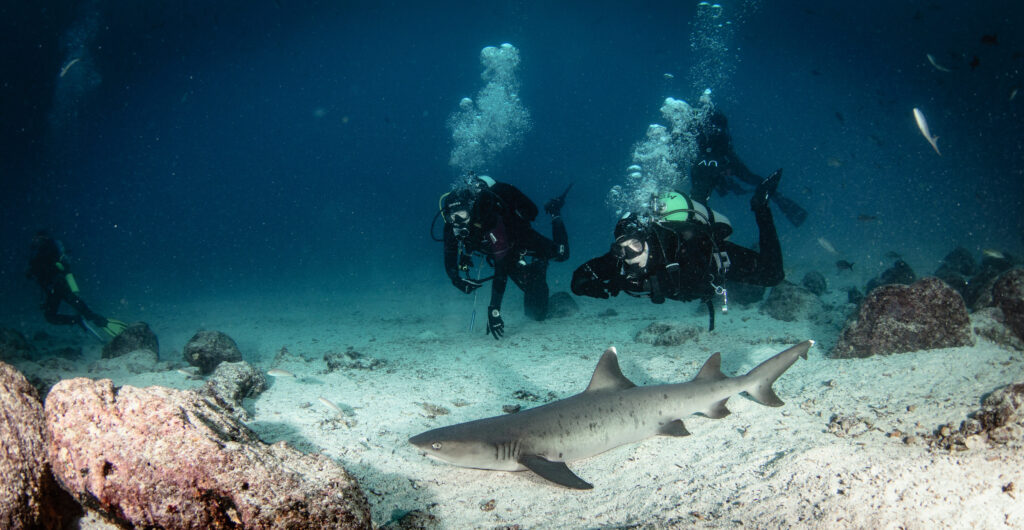What is a Quad Cylinder System?

A quad cylinder system, commonly used in advanced scuba diving, refers to a configuration where four individual cylinders are used to supply breathing gas. This setup is particularly important for technical and deep-sea divers who require extended gas supplies and redundancy for safety. The evolution of scuba diving equipment has seen significant advancements, and the quad cylinder system represents a pinnacle of such technological progress. This article delves into the historical development, components, usage scenarios, safety considerations, and the advantages and limitations of quad cylinder systems, providing a comprehensive understanding of their significance in scuba diving.
What is the Frenzel Maneuver?

The Frenzel Maneuver is a specialized technique used primarily in scuba diving and freediving to equalize pressure in the middle ear. Named after the German Luftwaffe commander Hermann Frenzel who developed it during World War II, this maneuver has become a crucial skill for divers. Proper equalization prevents discomfort and potential damage to the ear caused by changes in pressure during descents and ascents in water. The Frenzel Maneuver involves closing the vocal cords and using the tongue to compress air into the Eustachian tubes, allowing for more effective pressure regulation compared to other methods.
What is Free Air?

Free air refers to air at atmospheric pressure, which is the pressure exerted by the weight of air in the Earth’s atmosphere. In the context of scuba diving, understanding the concept of free air is crucial for managing various aspects of dive planning and safety, including buoyancy, gas consumption, and decompression sickness. This entry will delve into the relationship between free air and compressed air, and how this understanding impacts diving practices.
What is Outgassing?

Outgassing, in the context of scuba diving, refers to the process by which dissolved gases are released from a diver’s body tissues. This phenomenon is crucial for maintaining safety during and after a dive, as improper outgassing can lead to decompression sickness (DCS), commonly known as “the bends.” When a diver ascends too quickly, the rapid decrease in pressure can cause dissolved gases, primarily nitrogen, to form bubbles within the body. These bubbles can lead to serious health complications, emphasizing the need for a thorough understanding of outgassing dynamics and proper ascent procedures.
What is a Primary Light?

A primary light is an essential tool for scuba divers, serving as the main source of illumination during underwater excursions. The role of a primary light extends beyond simply illuminating the surroundings; it enhances visibility, aids in navigation, and significantly contributes to safety. Whether diving in murky waters, exploring intricate underwater caves, or embarking on a night dive, a reliable primary light ensures that divers can see their environment clearly, identify potential hazards, and communicate effectively with their diving partners. Understanding the importance and functionality of primary lights is crucial for anyone engaging in scuba diving activities.
What is Overweighting?

Overweighting in scuba diving refers to the practice of using more weight than necessary to achieve neutral buoyancy underwater. Proper weighting is crucial for maintaining control, safety, and efficiency while diving. Overweighting can occur due to various factors, including misconceptions about the amount of weight needed, incorrect gear configuration, and psychological influences. Understanding the implications of overweighting and how to manage it is essential for divers of all levels to ensure a safe and enjoyable underwater experience.
What is a Lanyard?

A lanyard in the context of scuba diving is a crucial accessory designed to secure various pieces of diving equipment to a diver’s body or buoyancy compensator device (BCD). These cords, straps, or retractable reels ensure that essential tools such as cameras, flashlights, and dive computers remain attached to the diver, preventing accidental loss in the underwater environment. The importance of a lanyard cannot be overstated, as it contributes significantly to the safety and efficiency of diving operations, providing peace of mind and allowing divers to focus on their underwater activities.
What is a Pressure Gradient?

In scuba diving, understanding the concept of a pressure gradient is crucial for ensuring safety and effective dive planning. A pressure gradient refers to the change in pressure per unit distance within a fluid. In the context of diving, this typically means the variation in water pressure as a diver moves vertically through the water column. This phenomenon is essential because it affects everything from buoyancy control to the physiological impacts on the diver’s body.
What is a Dive Watch?

A dive watch is a specialized timepiece designed to withstand the harsh conditions of underwater environments. Initially developed in the early 20th century, dive watches are essential tools for scuba divers, providing accurate timekeeping and critical safety features during underwater activities. These watches are built to endure significant pressure and provide clear visibility under low-light conditions, making them indispensable for both professional and recreational divers. Over the years, dive watches have transcended their utilitarian purpose, becoming symbols of adventure and precision in both the diving community and the broader public consciousness.
What is Pounds Per Square Inch (PSI)?

Pounds per square inch (PSI) is a unit of pressure widely used in various fields, including scuba diving. Understanding PSI is crucial for divers because it directly relates to the equipment they use and their safety underwater. In scuba diving, PSI measures the pressure exerted by gas within a scuba tank, which is essential for breathing underwater. This unit helps divers know how much air they have left in their tanks, enabling them to plan their dives and avoid running out of air while submerged.
